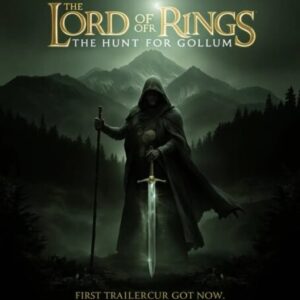In 2004, the film “King Arthur” captured audiences with its fresh take on the legendary tale of King Arthur and the Knights of the Round Table. This retelling, directed by Antoine Fuqua, offered a gritty and realistic portrayal of the mythical figure, showcasing his journey from a Roman officer to the renowned king of Camelot.
The movie delves into the origins of King Arthur, portraying him as a Roman soldier leading a band of Sarmatian knights in Britain. Played by Clive Owen, Arthur is depicted as a complex and determined leader who struggles to balance his loyalty to Rome with his desire to protect the people of Britain from invading Saxons. As the film unfolds, Arthur’s unwavering sense of duty and his commitment to justice propel him into a position of power and authority.

One of the key aspects that sets “King Arthur” apart from traditional retellings of the Arthurian legend is its emphasis on historical accuracy. The film strives to ground the fantastical elements of the story in a more realistic and plausible setting, shedding light on the cultural and political landscape of Britain during the early 5th century. This attention to detail adds depth and authenticity to the narrative, making the characters and events more relatable to modern audiences.
In addition to its historical accuracy, “King Arthur” stands out for its action-packed battle sequences and visual effects. The film showcases epic sword fights, large-scale battles, and stunning cinematography that bring the ancient world of King Arthur to life on the big screen. The visceral and intense nature of the action scenes helps to immerse viewers in the tumultuous world of 5th century Britain, where honor, bravery, and loyalty are put to the test.
Overall, “King Arthur” (2004) offers a fresh and compelling interpretation of the legendary king, presenting a more grounded and human portrayal of Arthur and his knights. With its engaging story, strong performances, and breathtaking visuals, the film successfully reimagines the timeless tale of King Arthur for a new generation of audiences, cementing its place as a memorable and impactful addition to the Arthurian cinematic canon.





